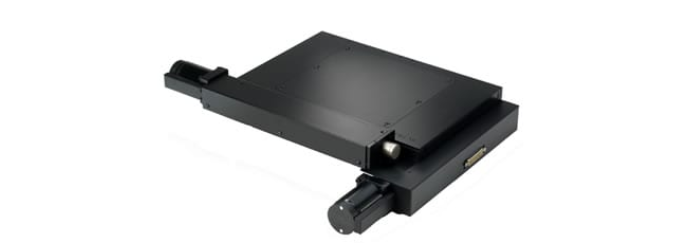The specimen is usually placed on the microscope XY stage for observation purposes. The stage has a mechanical device that holds the slide of the specimen in place. This allows the forward and backward movement of the slide. A microscope stage is usually categorized according to functionality and design.
The microscope XY stage has a locking control which enables the stage to be stable in its position regardless of its rotation. Graduated locator symbols found at the stage’s mechanical portion are used to permit the microscopist to write down the important details of the specimen’s location. This enables one to easily return to the place for photomicrography or additional observation.
Today, microscope stages are very durable and precisely manufactured. This is because they are made from quality materials. Translation mechanisms are machined from brass, aluminum, and other recent synthetic polymers. Synthetic gear devices are less durable compared to metal counterparts.
Therefore, such devices should be tightened, cleaned, and lubricated to allow adjustments in the years to come. Many stages are usually protected by a tough ceramic coating which resists scratches and marks. The dull surface is important for preventing stray light reflection from the stage into the objective. The following are some microscope stages:
Specialized Stage
Various types of microscope stages are designed to perform specific purposes. They include stages having auxiliary equipment handling different samples during universal stages, observation, and measuring systems. Measuring systems usually allow specific measurements to be calculated over small distances. The universal stage is responsible for the calculation of measurements over numerous specimen angles.
Inverted Stage
The design in which the inverted microscopes appear is usually different from the upright microscope. The inverted microscopes have their objectives positioned beneath the stage and use various condenser configurations for the illumination of the specimen. Tissue microscopes usually acquire a condenser which is mounted beyond the stage. Epi-illumination microscopes usually contain a substage condenser which precedes the goals and objectives.
Tissue culture microscopes usually require researchers to scan huge culture flasks to allow observation of the whole population of cells. This is often possible if the stage insert contains a huge opening. When large specimens are about to be observed, large openings are used to maintain samples for observation.
Inverted microscope stages cannot be translated downwards or upwards but focusing can only be achieved by the use of a translatable nosepiece that moves downwards and upwards with the objectives.
Micromanipulators
Manipulation is very important when the specimen is undergoing observation with the microscope. This is usually the case with vitro and tissue culture fertilization experiments and genetic implantation events. These experiments are usually manipulated because a close observation of the specimen is required and necessary throughout the experiment.
Measuring Systems of High-Magnification Specimen
Quantitative microscopy usually requires very accurate measurements of different specimen dimensions. These comprise measurements of semiconductors, minute electronic modules, highly accurate magnetic heads, and small precision parts.
Universal Stage
This type of microscope stage is one that usually permits the tilting of a tiny specimen at various angles for the measurement of the visual structure of a birefringent crystal.
The rapid evolution of the semiconductor arena has brought about the manufacture and design of numerous stages that are utilized to manipulate and examine incorporated circuit wafers. Scientists have built and designed custom stages for experiments containing materials research, biomedical investigations, geology, and cell manipulation.



